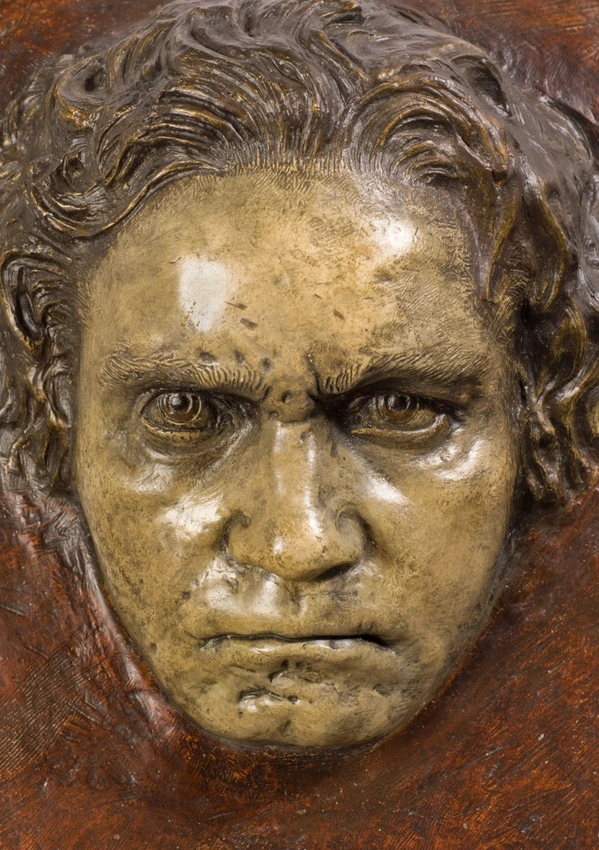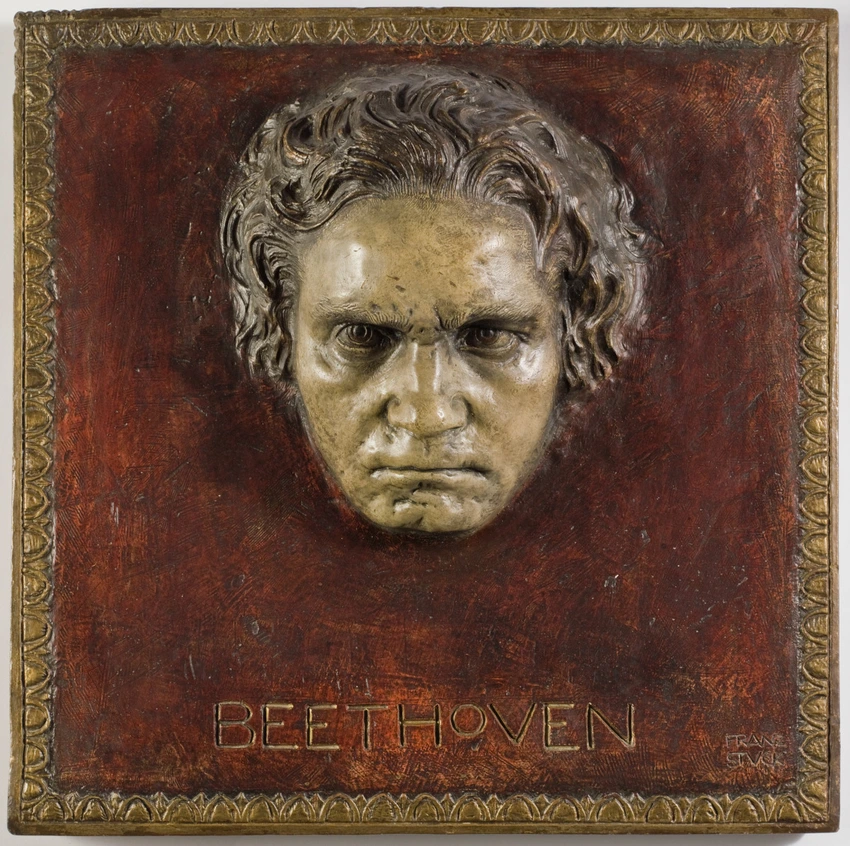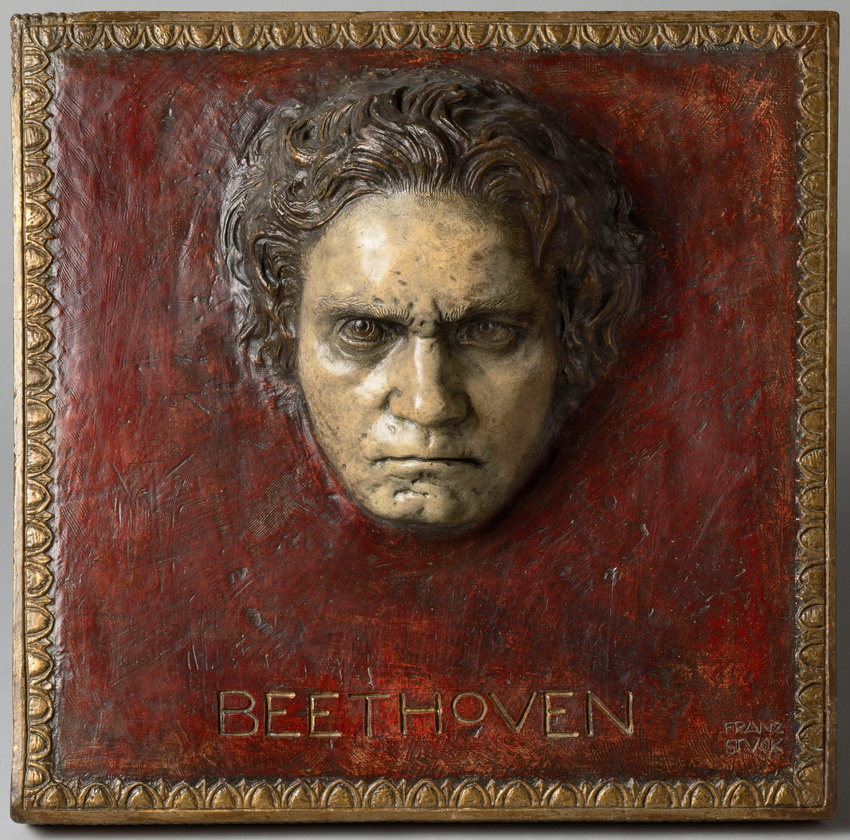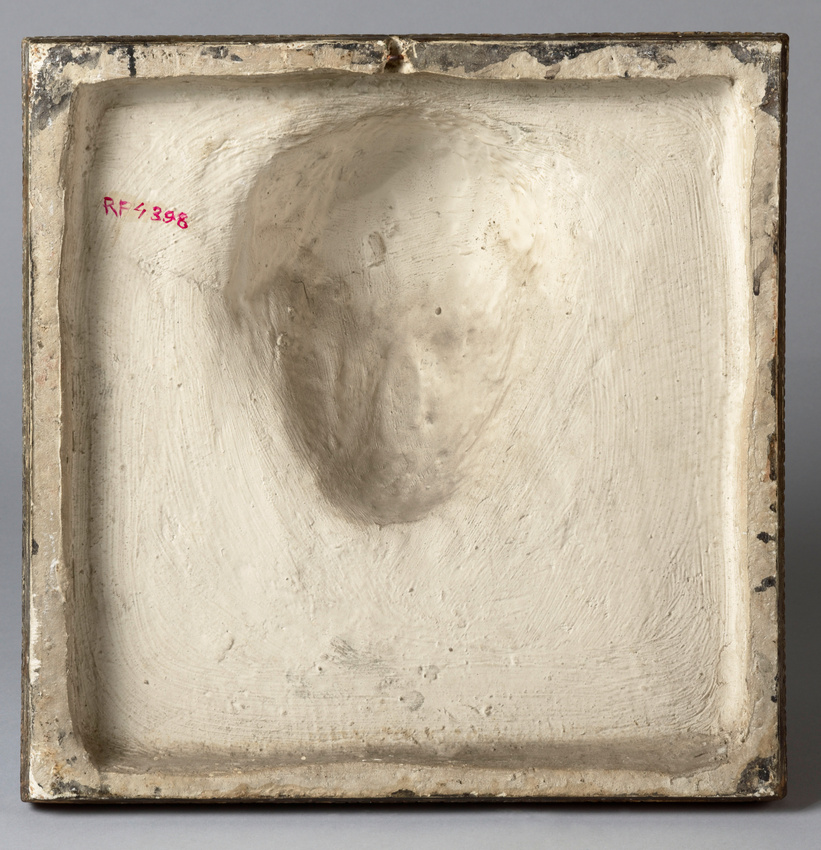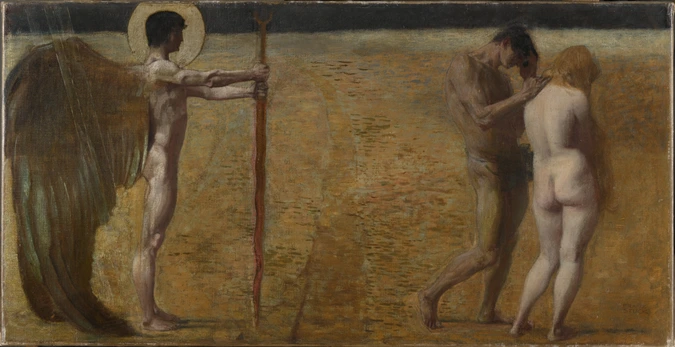Ludwig van Beethoven
Artwork caption copied
Franz von Stuck
Ludwig van Beethoven
1900
relief en plâtre
H. 48,0 ; L. 48,0 ; P. 14,0 cm.
Don de la société des Amis du musée d'Orsay, 1992
© Musée d’Orsay, Dist. RMN-Grand Palais
/ Patrice Schmidt
Artwork caption copied
Franz von Stuck
Ludwig van Beethoven
1900
relief en plâtre
H. 48,0 ; L. 48,0 ; P. 14,0 cm.
Don de la société des Amis du musée d'Orsay, 1992
© Musée d’Orsay, Dist. RMN-Grand Palais
/ Patrice Schmidt
Artwork caption copied
Franz von Stuck
Ludwig van Beethoven
1900
relief en plâtre
H. 48,0 ; L. 48,0 ; P. 14,0 cm.
Don de la société des Amis du musée d'Orsay, 1992
© RMN-Grand Palais (Musée d’Orsay)
/ Hervé Lewandowski
Artwork caption copied
Franz von Stuck
Ludwig van Beethoven
1900
relief en plâtre
H. 48,0 ; L. 48,0 ; P. 14,0 cm.
Don de la société des Amis du musée d'Orsay, 1992
© RMN-Grand Palais (Musée d’Orsay)
/ Hervé Lewandowski
Franz von Stuck
(1863 -
1928)
Artwork not currently exhibited in the museum
Stuck's mask of Beethoven is a real curiosity. It has a double status, being a high relief, and therefore a sculpture, but also a painting because it is polychrome and framed. With its hallucinatory eyes and tense expression, this face hypnotises the spectator. It is a magnetic work which calls for veneration, like an icon.
For this relief, Stark took inspiration from the famous mask of Beethoven, moulded on his face during his lifetime, in 1812, and mistakenly believed to be a death mask.
The painter and sculptor Franz von Stuck built a villa in Munich, designing the interior himself. In the music room, he initially planned to put sculptures of famous composers, including Beethoven. The villa is now a museum which is open to the public.
